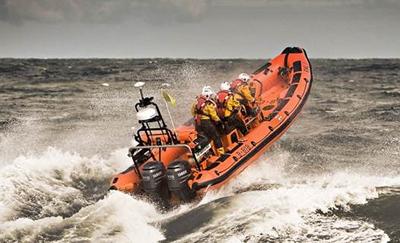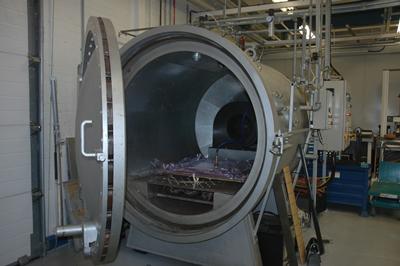Lightweight Structures
Lightweight Structures encompasses research and education related to the design, analysis, optimisation and manufacturing of weight and performance critical structures.
Lightweight Structures encompasses research and education related to the design, analysis, optimisation and manufacturing of weight and performance critical structures.
The application areas cover maritime, offshore, civil, automotive, and aerospace engineering as well as applications in energy with a special focus on sustainable energy technologies such as tidal and wind energy. Applications and problems that include dynamic response, high strain rates and coupled fluid structure interaction are addressed, and all aspects of analysis such as vibration, stability and postbuckling, fatigue, fracture and dynamic/transient response behaviour are being utilised. Advanced structural testing methodologies including embedded sensors and data rich full field imaging methods for measurement of deformation and thermal fields are employed, and the results are used to inform and validate computational model predictions that include the meso, subcomponent and full structural scale levels. The material systems and technologies addressed cover the range from construction materials such as reinforced concrete, steel and lightweight alloys, low density metallic and polymer foam materials, and last but not least advanced fibre reinforced composite materials. The research is typically interdisciplinary or cross disciplinary by nature, and the objectives are achieved through combined efforts encompassing state of the art experimental techniques as well as sophisticated analytical and computational methods including CFD and finite element analysis.



Ultrasound System (C-Scan)
This ultrasonic technique can be used as a non-destructive means for detecting damage and defects within a material. The suite includes a range of transducers for use with different materials, thicknesses and probing depths.
Equipment/Software:
Ultrasonic Sciences Ltd (USL) custom built system including:

Composite Manufacturing Facilities
Facilities for lay-up using prepreg, wet lay-up and resin infusions. Flexible heated curing space for large scale manufacturing.
| Related Projects | Status | Type |
|---|---|---|
| Adaptive and smart materials and structures for more efficient vessels (Adam4eve) | Active | Other |
| LR/MoD Centre of Excellence for Marine Structures | Active | Other |
| RNLI Advanced Technology Partnership | Active | Other |
| Deployable and Multifunctional Structures for Space Applications | Dormant | Other |
| Through life performance of sustainable composites | Active | Other |
| Lightweight composite and sandwich structures | Active | Other |
| Tailored composites for deformation control in unsteady fluid-structure interactions | Active | Other |
| Thermal degradation of foam cored sandwich structures | Active | Other |
| Modelling and prediction of residual stress | Active | Other |
| Novel co-blended polymer matrix systems for fire resistant structural marine composites | Active | Other |